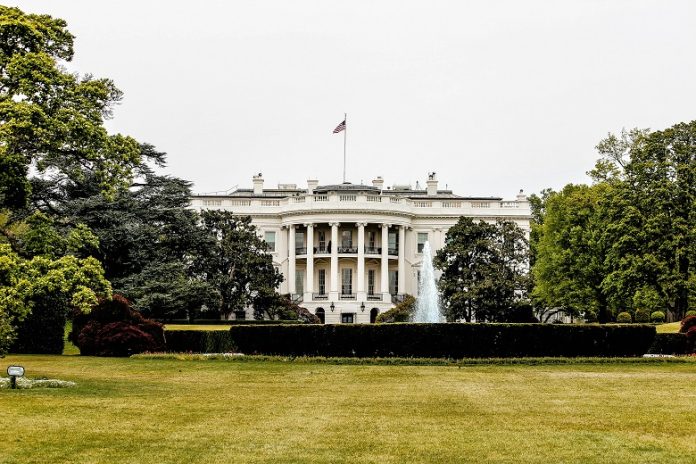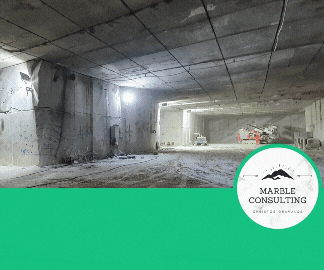The White House, the impressive presidential residence of the United States in Washington, D.C., is one of the most iconic buildings in the world and symbolizes American democracy. Its history and architecture are marked by influences from classical European architecture, while the use of marble in key structural and decorative elements enhances its aesthetic and timelessness.
Historical Background and Construction of the White House
The construction of the White House began in 1792 when President George Washington chose the site for the building in the then-under-construction city of Washington. The Irish-born architect James Hoban took on the design, drawing inspiration from the neoclassical palaces of Europe, particularly Dublin Castle. The building was completed in 1800, and President John Adams was the first to reside there.
During the War of 1812, the White House suffered severe damage from a fire set by the British in 1814. The restoration and reopening of the building were significant concerns for the young nation, and the fire provided an opportunity for architects to reinforce its structural elements and upgrade its aesthetic using quality materials. The use of marble was carefully chosen, incorporating materials that reflect the power and timeless character of American democracy.
Marble is a key material in the White House’s architecture, exuding grandeur and timelessness. While the central building is primarily made of sandstone, marble is selectively used in various parts of the structure to enhance its framework and lend a sense of elegance and strength.
Porticos and Entrances
The White House features grand entrances on its North and South wings, which are adorned with porticos. The columns, as well as the capitals, are clad in marble, incorporating the classical character of Hoban’s design. The whiteness of the marble enhances the visual symmetry and adds brightness and balance to the entrances, while the marble patterns contribute to the building’s elegance.
Interior Decoration
Marble also dominates the interior spaces of the White House, especially in the ceremonial and reception rooms. The most famous rooms, such as the Red Room and the Blue Room, feature marble floors, while marble linings around fireplaces and baseboards provide a noble atmosphere. The marble used combines colored marble tiles from various quarries, adding depth and vibrancy to the space, as well as a sense of timelessness.
Marble Elements in the Garden and Outdoor Spaces
Around the building, in the exterior gardens, marble decorative elements such as statues and fountains are used to highlight the influence of ancient Greek and Roman public buildings. These elements enhance the White House’s connection to classical tradition and its sense of timeless elegance, while the white marble harmonizes with the purity of the architectural lines of the building.
Marble Varieties and Quality
The marble used in the White House primarily comes from quarries in Virginia and Georgia, which are known for their whiteness and purity. Marble from Virginia, specifically from the Aquia quarry, has been used in many key areas, offering high resistance to climatic conditions. The marble surfaces retain their luster and durability for many years, thus contributing to the need for resilient exterior and interior elements.
Symbolism of Marble in the White House
The use of marble in the White House is not incidental. The founders of the United States chose marble to impart a sense of immortality and stability to the building, reflecting the values of the new democracy. Marble, with its elegance and toughness, signifies long-term stability and the nation’s commitment to its democratic principles.
A Timeless Monument and Legacy
The architecture of the White House, with its extensive and selective use of marble, simultaneously integrates American and classical traditions. The chosen use of marble, especially in decorative and structural elements, lends elegance and gravity to the building, enhancing its enduring value. Marble in the White House is not merely a construction material; it is a symbol of power and resilience that endures through the ages, representing the foundation of a democratic legacy rooted in classical architecture and the values of freedom and stability.






































